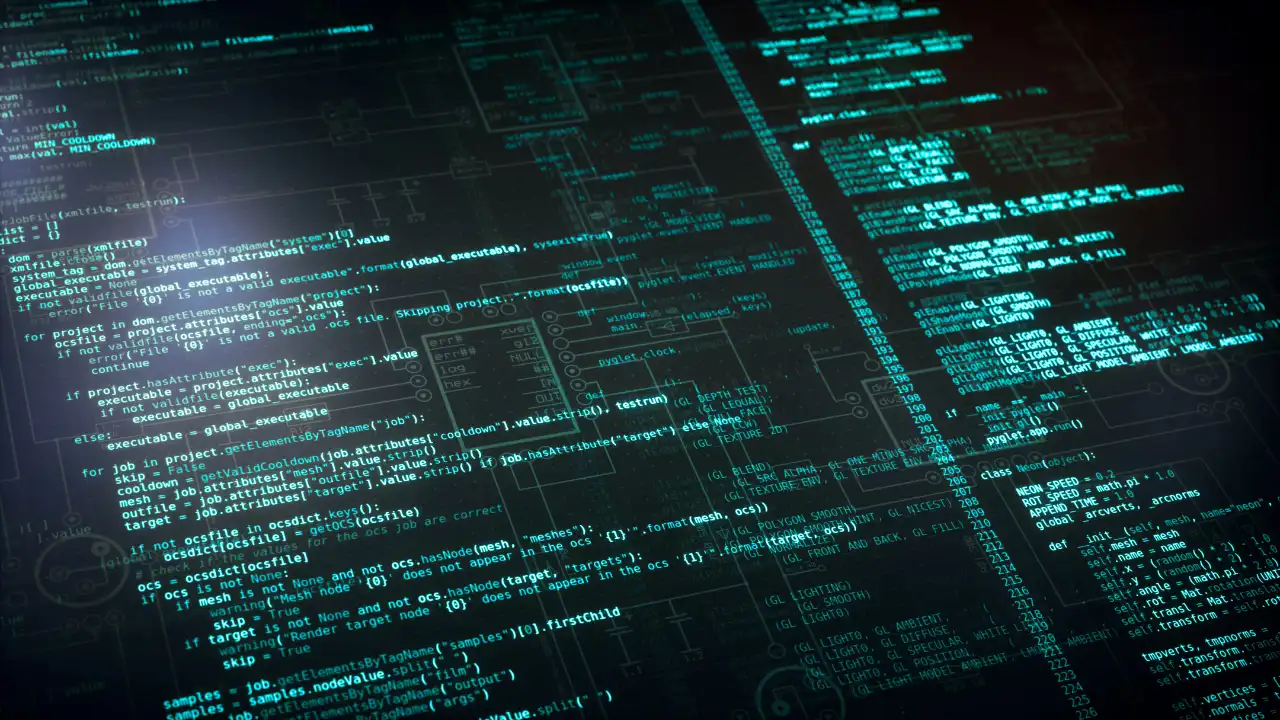SAST, DAST, and SCA: How do these security tests differ?
Table of Contents
Performing SAST, DAST, and SCA is essential to protect software throughout its lifecycle by detecting vulnerabilities before they are exploited
A vulnerability affecting OttoKit, a WordPress plugin, would allow malicious actors to create new administrator accounts on the more than 100,000 websites where this plugin is installed. The recent discovery of this vulnerability is not an exception but rather part of a continuous stream of vulnerabilities affecting enterprise software.
That is why cybersecurity experts recommend that companies subject their software to continuous SAST, DAST, and SCA.
But… what exactly are SAST, DAST, and SCA? We are talking about security tests that are used to audit software and find vulnerabilities and security flaws before malicious actors successfully exploit them.
Thus, SAST, DAST, and SCA have become key elements in any company’s security strategy, as detecting vulnerabilities is the first step in mitigating them.
Below, we will break down the differences between SAST, DAST, and SCA. Not with the aim of determining which is best but to clarify why it is essential to combine the use of these three tests when monitoring the security of corporate software.
1. SAST: White box analysis of source code
SAST is an acronym for Static Application Security Testing. In other words, static security testing of applications is also known as source code audits.
This type of audit automatically analyzes the source code of a program, application, service, or component. All this is done using tools designed specifically for this purpose and without the need to run the software, which is why we refer to these as static tests.
Thanks to SAST, it is possible to gain in-depth knowledge of the security status of a software’s source code, which helps to detect errors that could go unnoticed in other types of testing.
This is possible because SAST is are white-box audit. In other words, security analysts and automated analysis tools have full access to the source code.
What are the main benefits of performing a SAST?
- As it is a static analysis of the software code, its execution has no impact on production environments.
- Helps to detect vulnerabilities in the code or poor development practices quickly.
- Allows security errors to be corrected during the development phase and reduces the costs and risks associated with detecting vulnerabilities in later stages.
- Enables in-depth analysis of source code execution flows.
- High-quality, highly accurate information is obtained on the vulnerabilities found and how to remedy them.
2. DAST: Detecting vulnerabilities at runtime
What does the acronym DAST stand for? Dynamic Application Security Testing. This already shows us one of the main differences between SAST and DAST: while the former is a static audit, the latter is dynamic. What does this mean? It means that DAST is used to detect vulnerabilities during software execution.
What is the other major difference between the two? DAST is a black box audit, meaning that neither security analysts nor the tools they use have full access to the source code but must evaluate it from the perspective of a potential attacker.
As a result, DAST can be used to evaluate an application’s response to malicious activity and detect software vulnerabilities that become apparent when such activity occurs.
What are the benefits of performing DAST?
- Allows you to test executable code before the software is released.
- Complements the search for vulnerabilities in software carried out by SAST.
- Enables the detection of vulnerabilities that arise when interacting with the software.
- You can check the security of an application by verifying various types of injections and advanced techniques at its entry points.
- It is extremely helpful in identifying weaknesses before sending the software into production, reducing the risk of exploitable vulnerabilities in the software once it is on the market. This means significant savings and fewer headaches for companies.
3. SCA: Focusing on software supply chain security
The news with which we opened this article gives us a glimpse of the importance of third-party components in software development. Today, an application or program is not made solely with code created from scratch but rather uses libraries, open-source components, and third-party APIs to reduce production times and lower costs.
That is why SCA testing has become increasingly important in managing software security.
Software composition analysis consists of identifying all third-party components present in a piece of software and tracking weaknesses in them that malicious actors could exploit.
What is the main purpose? To prevent software supply chain attacks, one of the most dangerous cybersecurity trends in recent years.
The main benefits of performing SCA are:
- Exercising efficient control over the third-party components that form part of a piece of software.
- Identifying vulnerabilities affecting open source components used to speed up remediation in the shortest possible time.
- Increase the security level of the supply chain.
- Acquire an inventory of the components used between different development projects using a SBOM (Software Bill Of Materials) to detect libraries with vulnerabilities quickly.
4. How to perform SAST, DAST, and SCA: Automated tools and security analysts
When should SAST, DAST, and SCA be performed to increase software security? Continuously and throughout its entire lifecycle: from development until the program is no longer in use.
Obviously, this is only possible if you have automated tools to perform SAST, DAST, and SCA.
Today, there are multiple solutions on the market designed to perform these security tests and continuously monitor a program or application.
These automated tools issue security alerts when they detect a potential vulnerability.
4.1. The importance of human talent
What is the other critical element when performing SAST, DAST, and SCA? The talent and expertise of the security analysts who conduct these tests. Why? Automated tools:
- Can detect false positives that undermine the operability of the software and the company that uses it.
- Overlook more complex vulnerabilities.
- Perform well when detecting known vulnerabilities but may struggle to identify zero-day vulnerabilities or flaws that have not yet been discovered.
- They are not designed to take into account issues that are essential to businesses, such as the business logic of the software or the information flows managed by interrelated web functionalities.
For all these reasons, cybersecurity analysts play a fundamental role in SAST, DAST, and SCA. These professionals are trained to analyze all the information provided by automated tools and:
- Filter false positives.
- Interpret the information to detect complex flaws and emerging vulnerabilities.
- Take into account both business logic and information flows when analyzing the security of an application or program.
- Propose alternative remedies for any vulnerabilities found, adjusting these mitigations to the technologies that make up the application.
5. Why is it essential to combine SAST, DAST, and SCA?
The shared goal of SAST, DAST, and SCA is to help cybersecurity experts manage the security posture of corporate applications and software throughout their lifecycle.
Given the different characteristics of SAST, DAST, and SCA, it is clear that they are not mutually exclusive security tests but rather complementary ones.
DAST and SAST are tools that find vulnerabilities or defects not cataloged within the software they analyze, unlike SCA tools, which would find known and cataloged vulnerabilities with their CVE identifier.
There is also an important difference between SAST and DAST technologies, which is that some of the security defects that could be found in SAST tools, such as log injection, will be difficult or impossible to find with DAST tools. Similarly, DAST tools facilitate the discovery of injection vulnerabilities such as XSS or SQLi and obtain fewer false positives in this regard.
Hence, as we pointed out at the beginning of this article, it does not make sense to establish which is better when it comes to protecting a company.
On the contrary, it is advisable to carry out SAST, DAST, and SCA in a combined and continuous manner thanks to automated tools and the knowledge of the professionals who manage them.
6. Benefits of performing SAST, DAST, and SCA
Performing these security tests on an ongoing basis is critical for:
- Establishing good cybersecurity practices in software development.
- Detecting vulnerabilities in software early on.
- Ensuring a solid security foundation.
- Identifying, managing, and remedying vulnerabilities on an ongoing basis.
- Prioritize vulnerability mitigation by considering the effects of exploitation on the company’s business model.
- Prevent attacks that can be avoided thanks to these tests.
- Make decisions to implement more advanced cybersecurity services, such as penetration testing or Red Team, if SAST, DAST, and SCA are not sufficient to protect an organization optimally.
- Protect businesses from supply chain attacks.
- Comply with growing cybersecurity obligations for companies.
Ultimately, companies that want to have an optimal level of security in an increasingly complex and challenging threat landscape must subject their software to continuous security testing such as SAST, DAST, and SCA in order to stay ahead of malicious actors.


